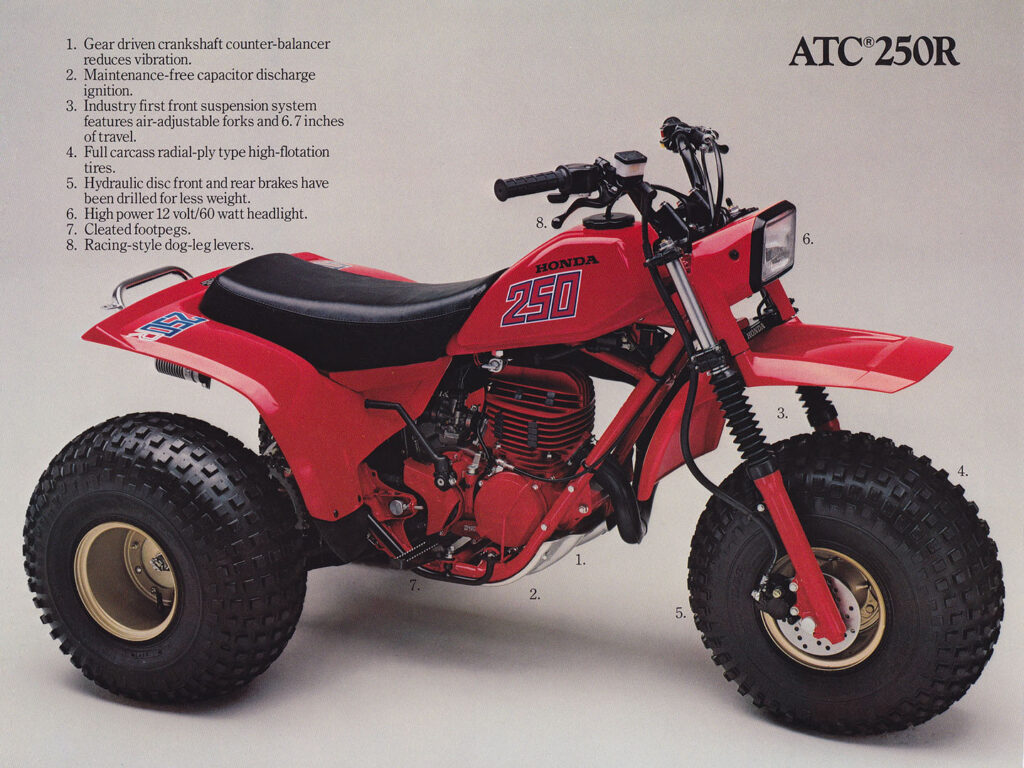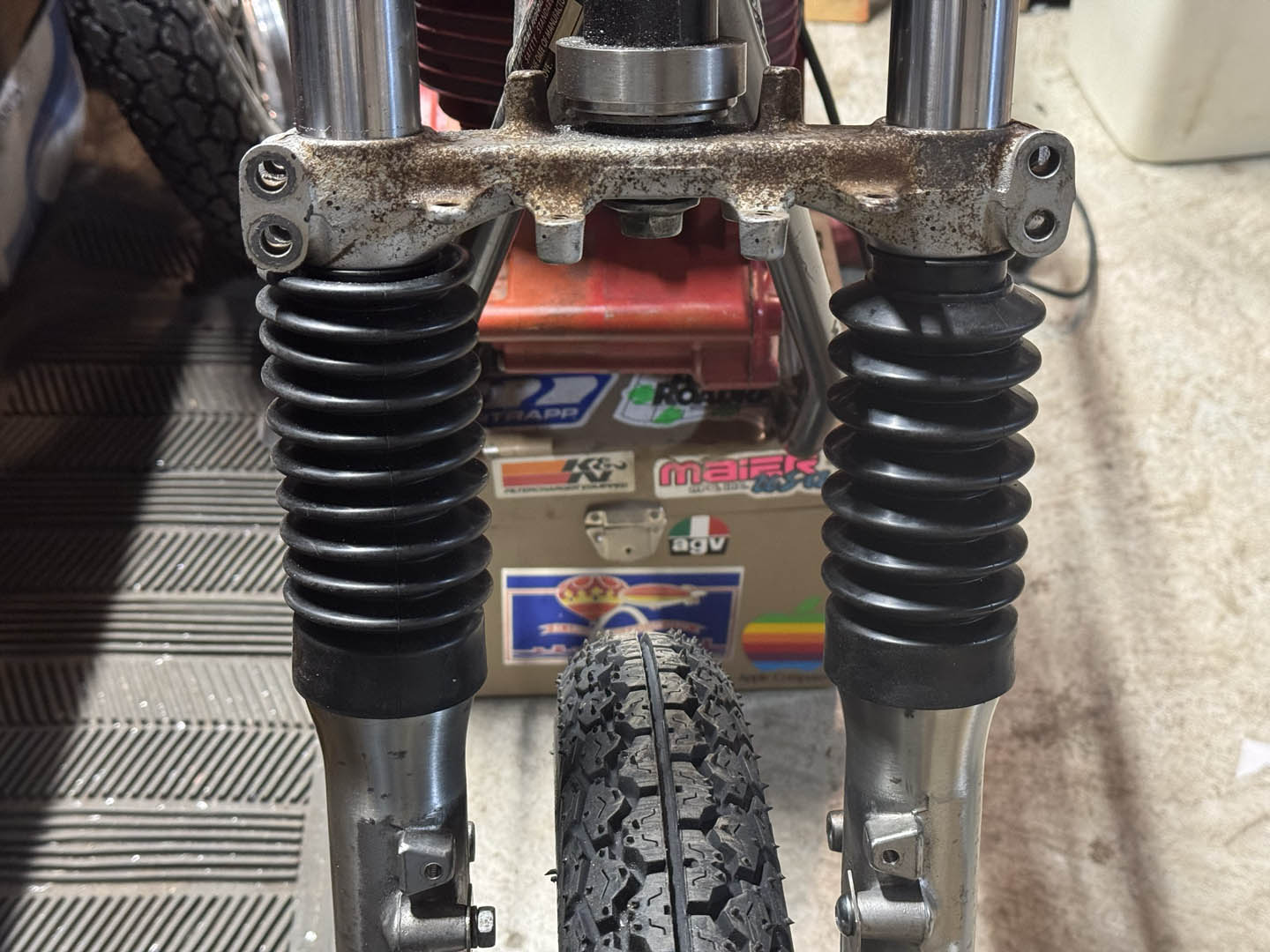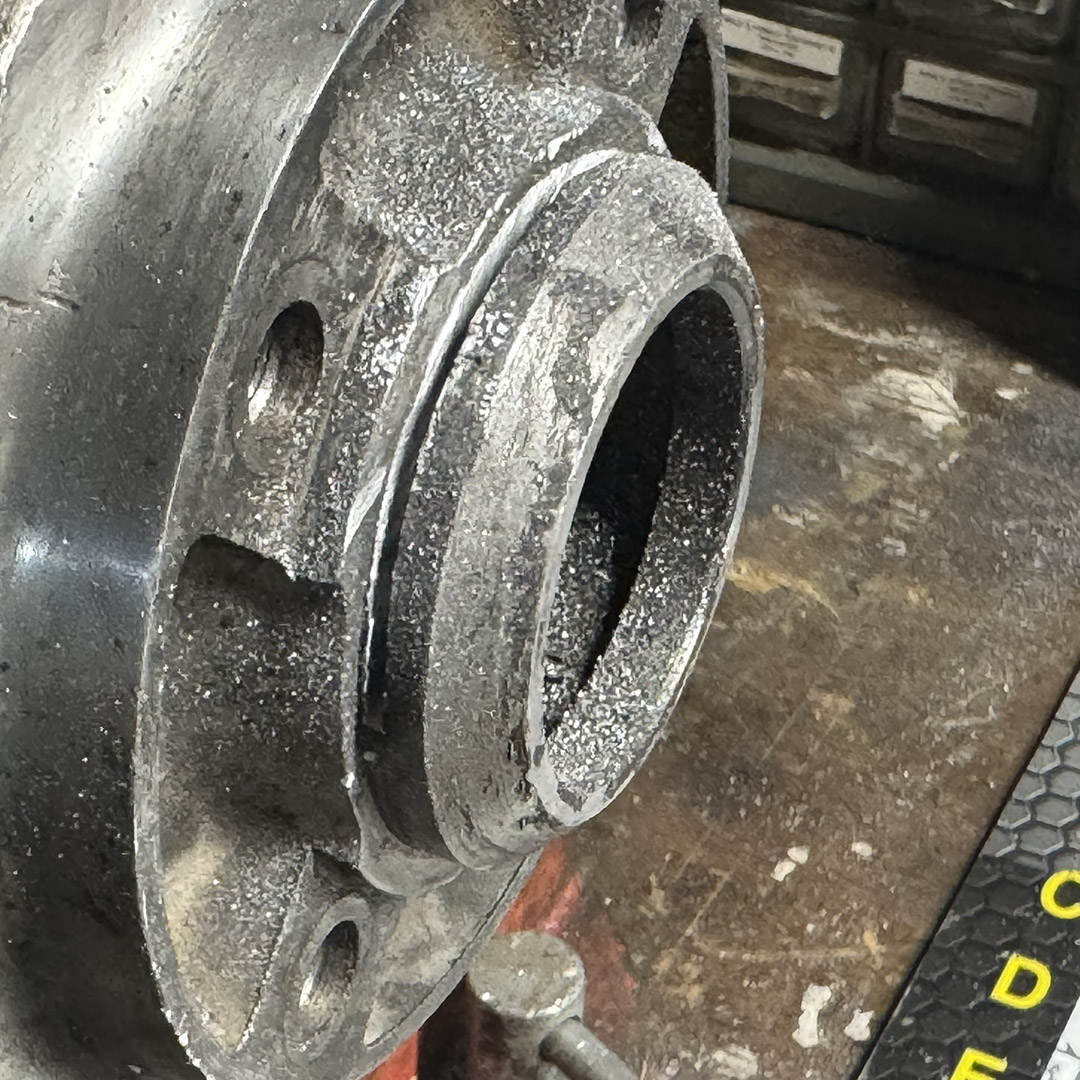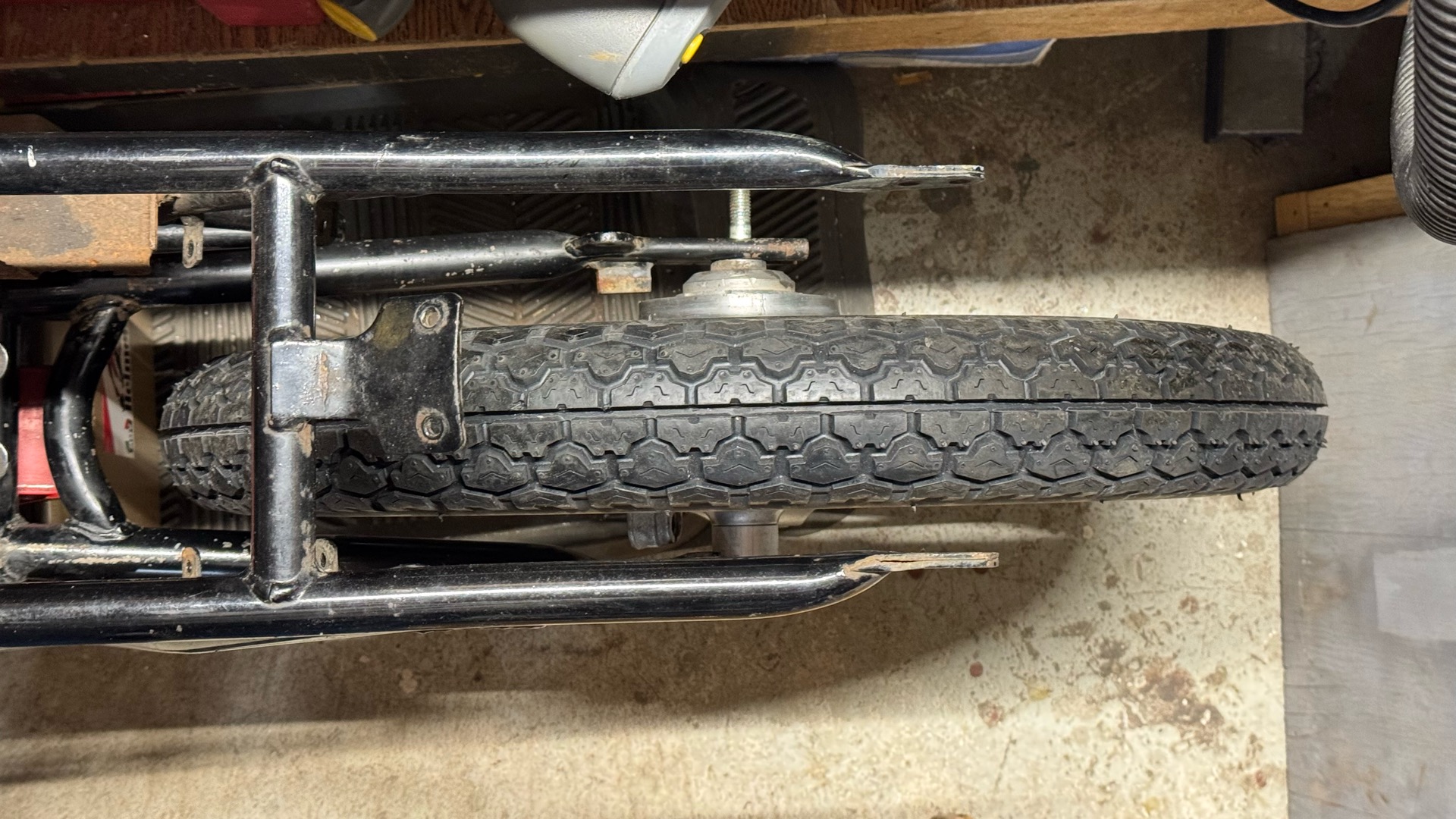I have picked up a few more parts, with an eye towards using them with the Benelli 2C frame.
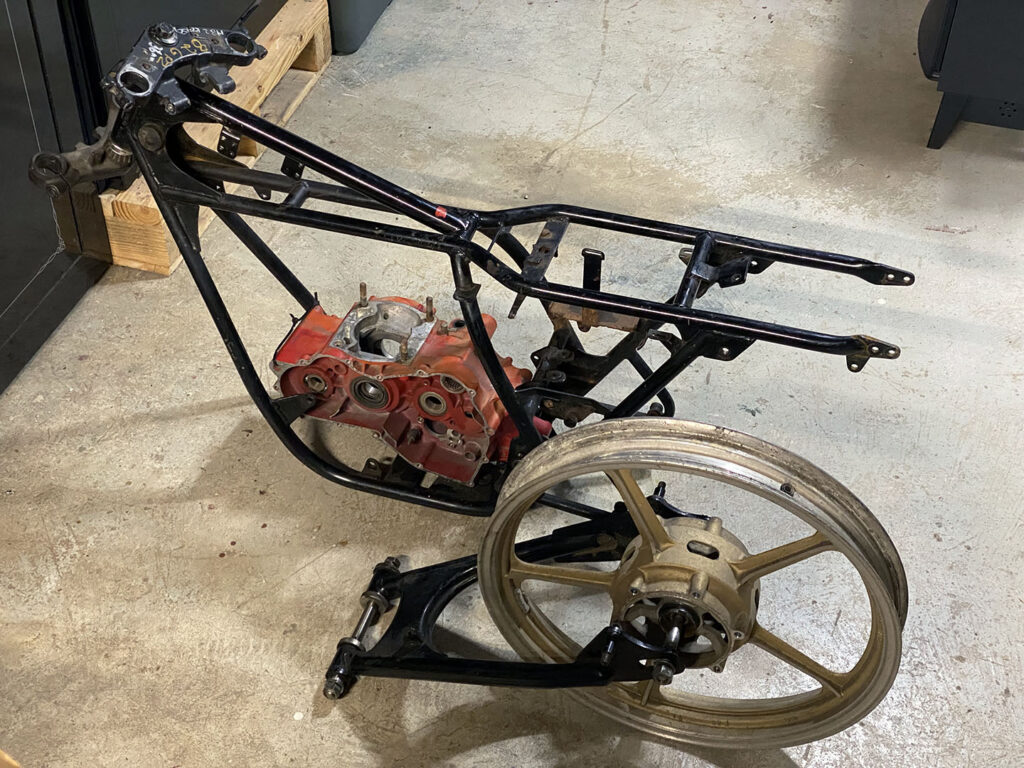
I already had the triple clamps on my parts shelf. They’re from a 1982 GPz750 (one-year-only KZ750R). Thanks to the 2C’s press-fit steering cups, fitting this steering stem will only require some time at the lathe, turning replacement cups of the proper dimensions.The clamps fit 36mm forks.
The swingarm is from a Yamaha SR250 Exciter. It will need to be narrowed slightly to fit the frame, but thankfully, the right and left bushing housings are separate, so that will cause a minimum of finagling.
I like using identical tires front and rear, as evidenced by my plans for the Retroblaster cruiser. I especially like the look with tall, narrow, five-spoke cast wheels. Finished in gold, the look harkens back to the Bultaco Streaker and ’70s-’80s 50cc and 125cc GP racers. The 19″ Yamaha Virago front wheel is similar, but proportional to a more full-scale motorcycle. It also doesn’t hurt that they are plentiful and can be had very cheaply. My intention is to eventually get another one and run 3.25×19 Avon Roadrider MKII tires front and rear. The only downside is the lack of a cush drive.
The red paint should give away those crankcases’ origin. For less than $65, this set of empty crankcases confirmed that an early ATC250R engine would be a great fit for this frame. I’ve always felt the shape of the original, air-cooled Honda ATC250R exudes a surprisingly vintage vibe. The prominent front-mounted counter-balancer creates a bulge in front, shifting the crank and cylinder more to the rear. The result reminds me of older designs such as the Ceccato 175. The vertical cylinder and radially finned head recall the stylish Villiers 200, as used in the James Captain 200.
Even though my roadracing days are long behind me, I’m gravitating toward building this as a true vintage racer, with number plates and no lights or switchgear.
